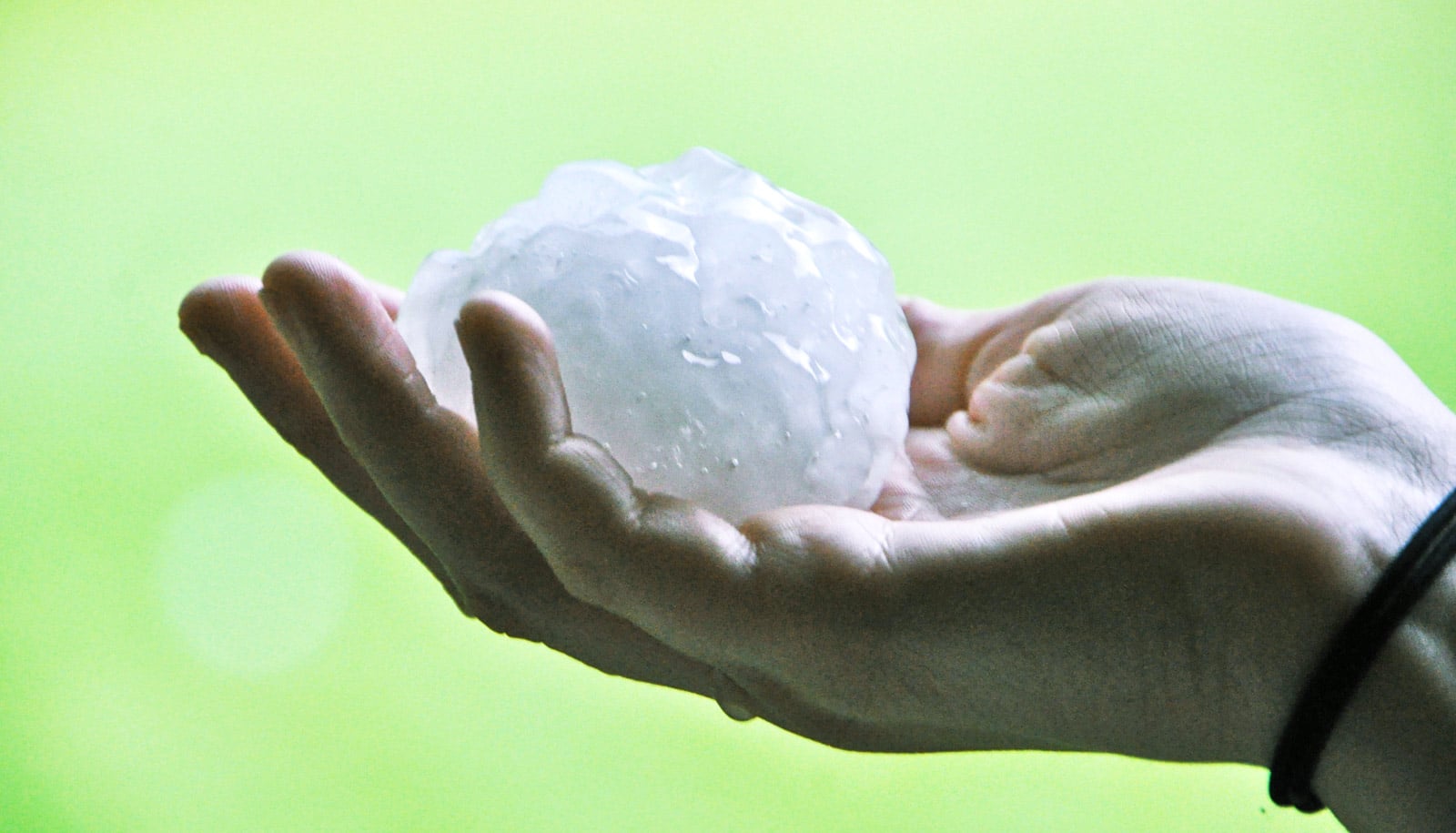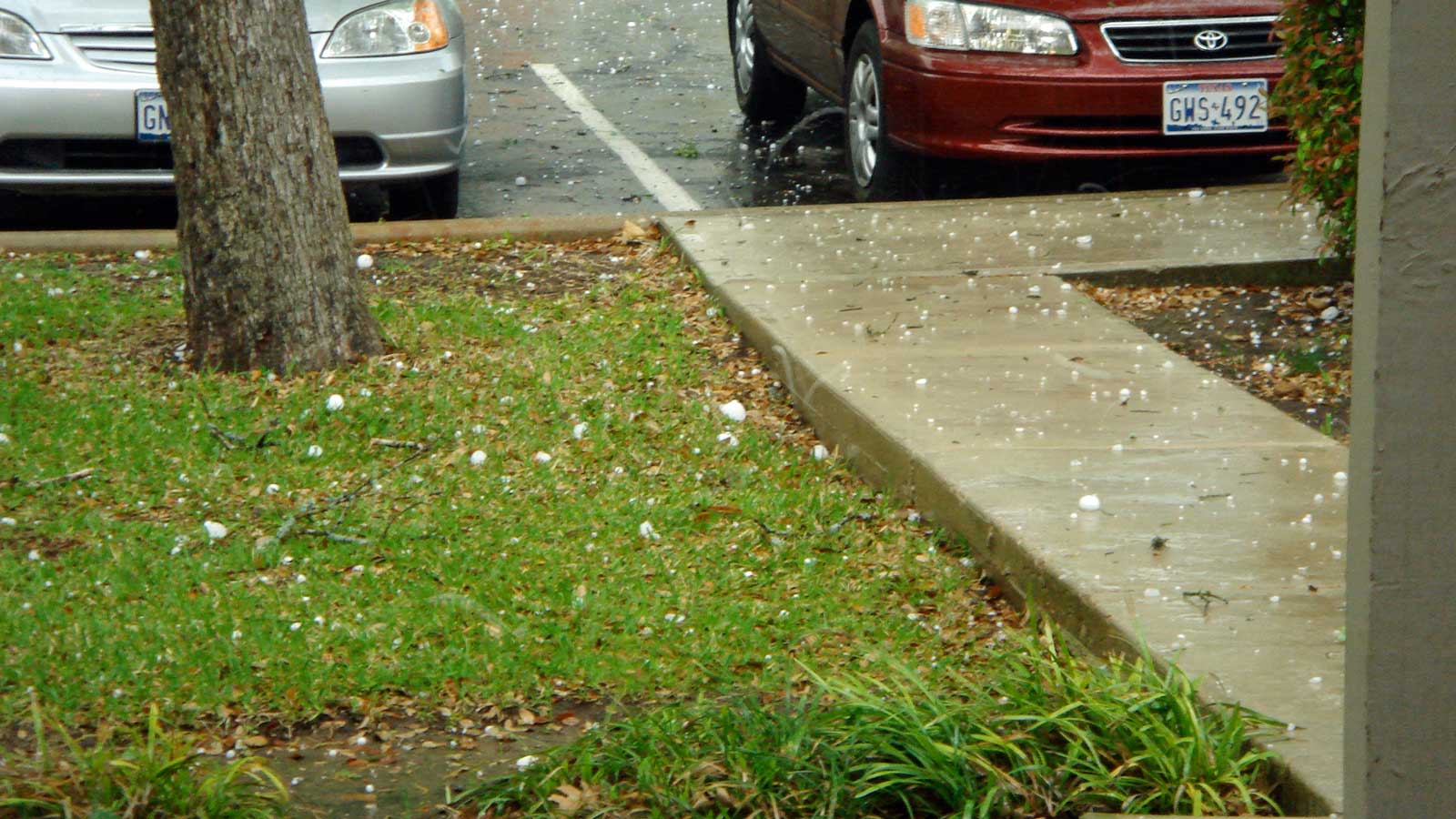Table of Contents
- Notable Contributions of Aerosols to the Predictability of Hail ...
- Big Wells Hail Damage Roof Replacement | 5 Star Commercial Roofing - 5 ...
- How to Spot Hail Damage on Your Roof A Hail Damage Roof Inspection Guide
- Hail Definition, Causes, and Formation
- How air on the rise creates giant hail - Futurity
- The meaning and symbolism of the word - «Hail»
- Precipitation rain hail snow mist fog dew condensation photographs ...
- Brisbane just got absolutely damaged by giant hail bombs in videos and ...
- Hail – BIG SEE
- All Hail Breaks Loose / Accio Jacksons!
/100427326-56a9e2035f9b58b7d0ffaa75.jpg)


The Formation of Hail



Factors Influencing Hail Size




Other Factors
In addition to these primary factors, other conditions can also influence hail size, such as: Wind Shear: Changes in wind direction and speed with height can cause hailstones to be carried upward or downward, affecting their size. Cloud Type: The type of cloud in which the hail forms can also impact hail size. Cumulonimbus clouds, which are associated with strong updrafts and heavy precipitation, tend to produce larger hailstones. Location: The location of the storm can also influence hail size. Storms that form in areas with high moisture content, such as near bodies of water, tend to produce larger hailstones. In conclusion, the size of hailstones is determined by a complex interplay of factors, including updraft strength, water content, freezing level, storm intensity, wind shear, cloud type, and location. Understanding these factors can help us better predict when and where large hail is likely to occur, allowing us to take necessary precautions to protect people and property. By continuing to study the science behind hail, we can improve our ability to forecast and prepare for these powerful storms.Source: FOX Weather
Note: This article is for general information purposes only and is not intended to be a comprehensive or technical treatment of the subject.